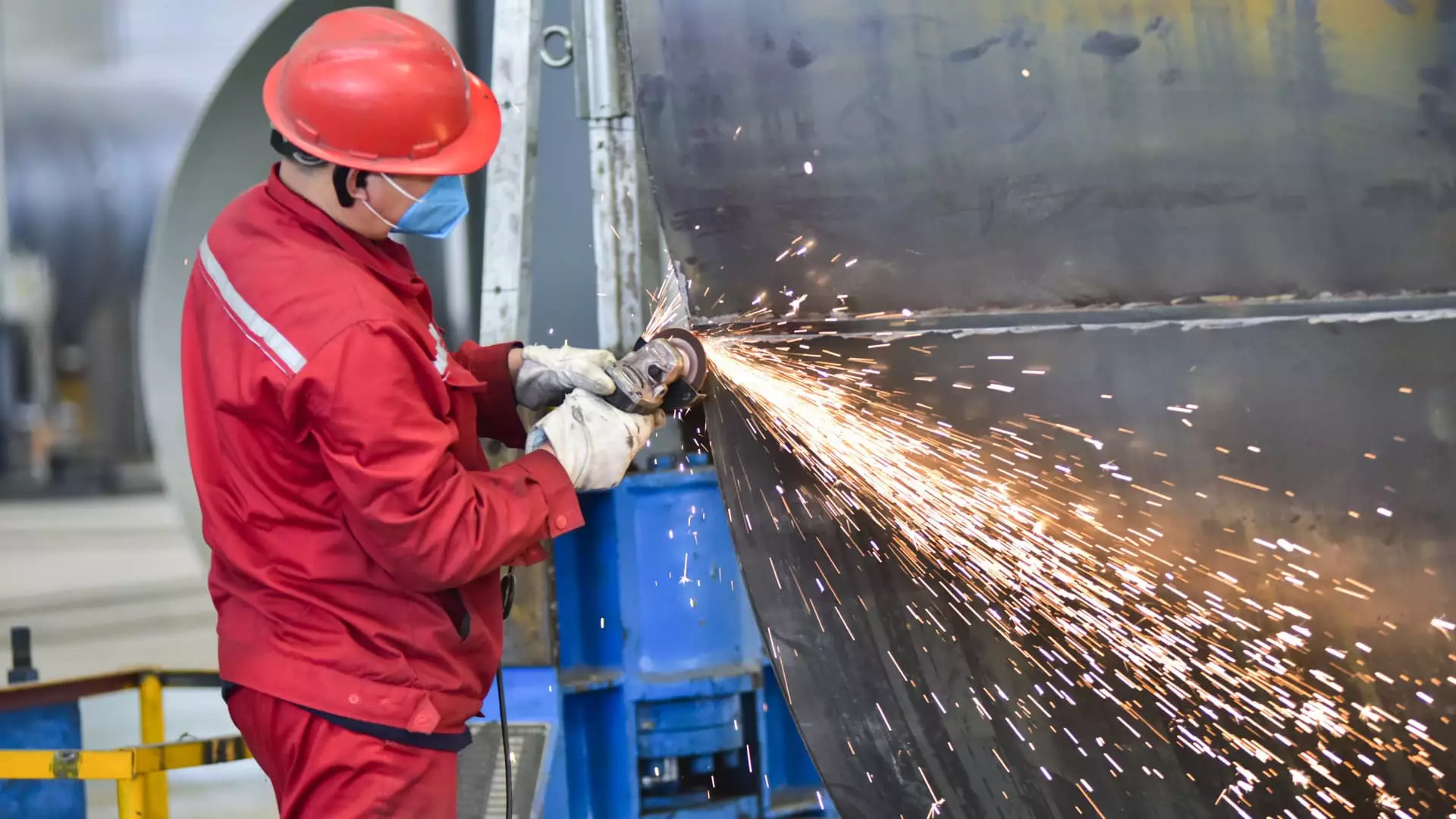In November, China’s manufacturing sector showcased signs of progress, particularly among smaller manufacturers, indicating that governmental stimulus efforts might be bearing fruit. The Caixin/S&P Global manufacturing purchasing managers’ index (PMI) reported a figure of 51.5, outperforming the anticipated median of 50.5 based on a Reuters survey. This result signifies that the manufacturing activity has maintained a position above the pivotal 50-point mark for two consecutive months, a critical threshold that differentiates growth from contraction. The outcomes from this private survey, which tends to focus more on small to medium-sized enterprises and private sector businesses, reveal an optimistic turnaround in certain industrial domains.
One of the key drivers for this manufacturing optimism was a notable increase in new business inflows. Wang Zhe, a senior economist at Caixin Insight Group, emphasized this uptick, reporting that new orders have surged at the most rapid pace witnessed in over three years. The revival in export orders has further bolstered the inflow of new overall orders, suggesting that domestic producers are beginning to regain confidence. Concurrently, this development aligns with the findings from the official PMI data released earlier, which indicated a slight increase to 50.3 from October’s 50.1, slightly higher than analysts’ expectations.
Gary Ng, a senior economist at Natixis, underscored that this improvement might reflect early indicators of stabilization within the manufacturing sphere, primarily attributed to renewed hopes for ongoing stimulus measures. Nonetheless, he cautioned that the ultimate sustainability of this rebound will depend significantly on real estate market recovery and the scale of forthcoming fiscal measures. Ng stressed the necessity for enhanced consumer and business sentiments to foster a lasting recovery, particularly amidst rising domestic competition and geopolitical threats.
Despite these encouraging signs, China’s economic landscape remains fraught with challenges. Recent data indicated a considerable 10.3% drop in real estate investment compared to last year, alongside an alarming 10% decline in industrial profits until October, marking consecutive monthly reductions. These figures highlight that while certain sectors may display recovery signals, the broader economic framework continues to struggle under the weight of persistent issues, necessitating rigorous policy interventions.
The urgency for governmental action was reiterated at a recent Politburo gathering, where China’s leadership intensified commitments to stimulate economic growth through increased fiscal expenditures and measures to stabilize the faltering real estate market. The People’s Bank of China has also implemented mechanisms to enhance liquidity in the economy, decreasing the reserve requirement ratio, which allows banks to offer more loans. In a further bid to address local government debt concerns, the Chinese administration has rolled out an ambitious five-year plan, allocating 10 trillion yuan (around $1.4 trillion) for this purpose, alongside signals for additional economic support in the coming year.
Global geopolitical landscapes and potential shifts in trade policies pose risks that could undermine these positive developments. The looming 2024 U.S. presidential election, particularly the potential reelection of Donald Trump, raises apprehensions regarding heightened tariffs on Chinese imports, which could adversely affect the export sector. Yet, paradoxically, the anticipation of such tariffs appears to be driving some U.S. companies to accelerate their orders with Chinese manufacturers to sidestep impending costs. This unexpected rush may provide a temporary boost to China’s export activity, thereby contributing to the positive indications in PMI readings.
While China’s manufacturing sector is currently demonstrating promising growth in certain areas—especially among smaller enterprises—the broader economic picture requires a cautious approach. Structural challenges persist, and the efficacy of stimulus measures remains to be fully realized. The coming months will be crucial as China navigates both internal economic revitalization efforts and external pressures from global trade dynamics. As such, stakeholders must remain vigilant and adaptable to ensure that this nascent recovery can transition from a temporary uplift to a sustained upward trajectory.


Leave a Reply